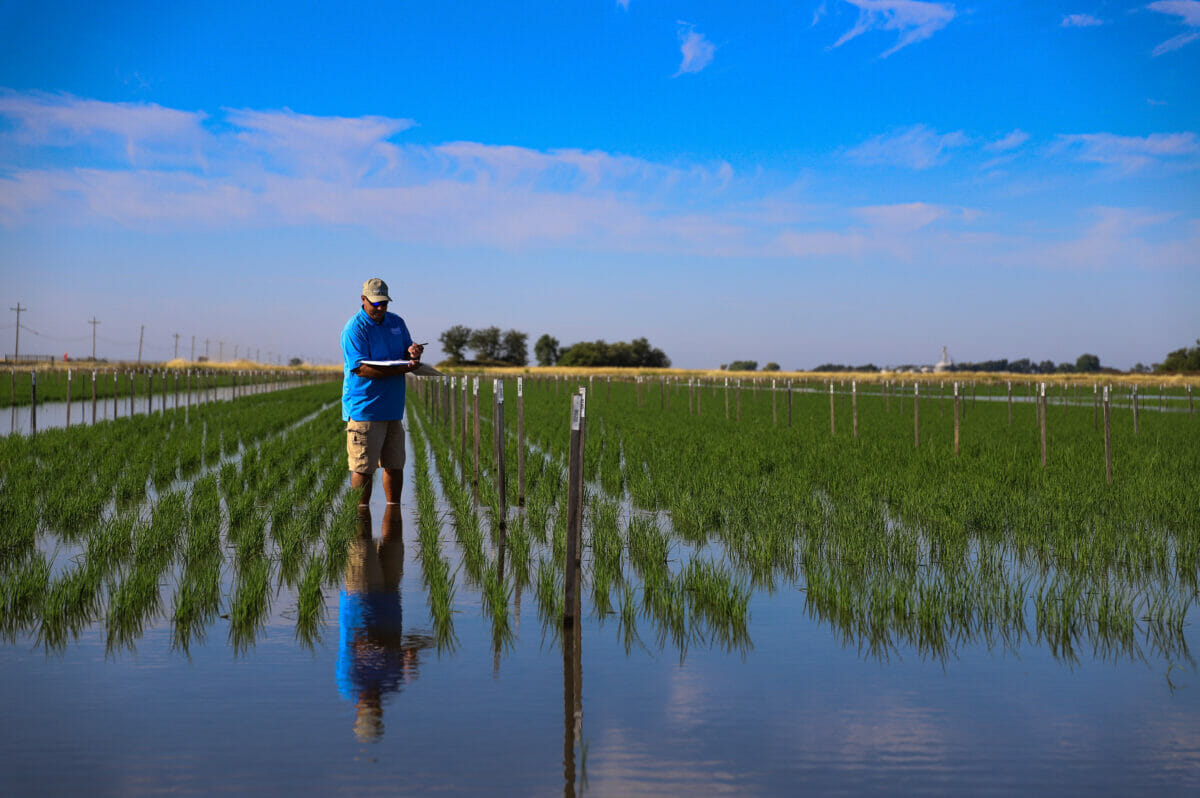(Reporting by Dwight Roberts, USRPA) Cash offers for new harvests are beginning to emerge as old-harvest rice volumes are very low in the spot market except in Arkansas. At this point in the game producer expectations are above $15/cwt, or at least what volume they are signaling to release.
Milled grain exports have been significantly delayed as a result of a saturated Haitian market unable to distribute what it has and financial problems with Iraq.
US long grain, down 5%, is steady at $800 pmt, now the cheapest rice in the Western Hemisphere. Uruguay is at US$800 pmt, Argentina is at US$840 pmt, and Brazil, in total chaos from recent historic floods and crop losses, is above US$850 pmt.
As long as logistics don’t deteriorate further, new products are welcome this year. Earlier this week, the Brazilian government announced a tender for 300,000 tons from any source in the world in an effort to maintain food security and price stability, particularly for the lower-income segments of the economy.
How this happens may be another story. These issues are expected to receive considerable attention next week in Cancun, Mexico, during the Rice Market and Technology Conference.
Sea transport
Pressures on global shipping, while not making the headlines at the moment, have not abated. It is true that some of the early problems are being solved, but delays and costs abound in both the Eastern and Western hemispheres.
Some industry insiders refer to the drought in the Panama Canal and security issues in Yemen as a “black swan” event for the shipping industry. In the east, the port of Algeciras in Spain and the port of Tanker Med in Morocco are operating at full capacity to compensate for the loss of access to the Gulf of Aden. The port has seen a 90% drop in container deliveries due to Houthi rebels.
Deliveries from Asia to Europe add at least 14 days to round the Cape of Good Hope in South Africa, resulting in additional costs for all items delivered. While the details of cost increases and delays could fill volumes, the bottom line is that volatility remains high and will continue through 2024, even if you don’t read it in the headlines.
Crop improvement
The crop progress report offers more good news. All states are now 96% planted, compared to the 5-year average of 91%, with California having a big early week and nearly hitting its 5-year average. Arkansas is 99% planted and 93% exposed. California 80/25, Louisiana 100/97, Mississippi 95/79, Missouri 96/90, Texas 100/95. How the harvest continues to progress will now depend on water and climate management, with the hope of obtaining higher quality long grain than last year. According to the USDA, 15% of the harvest is in excellent condition, 65% in good condition, 17% in fair condition and 3% in poor/very poor condition.
ASIA
In Asia, Thai prices were down about $15 pmt this week to $630 pmt, while Vietnam prices were at $595 pmt. More news on sales of 10-year stored rice outside of Thailand, particularly in Africa, has emerged since last week, but we’ll keep you posted on developments here.
Given the market dynamics currently facing the rice industry, next week’s RMTC could not offer better timing. Logistical issues in both hemispheres, coupled with the recent floods in Brazil, make it a timely and relevant event for rice industry professionals to find solutions.

“Internet addiction in terminals. Award-winning beer expert. Travel expert. General analyst.”








More Stories
Oil falls for 4th consecutive session on US stocks and conflict in Middle East – Money Times
Youth development in UK poultry farming is a new initiative in international production
Robert F. Kennedy Jr. considers abandoning campaign and endorsing Trump